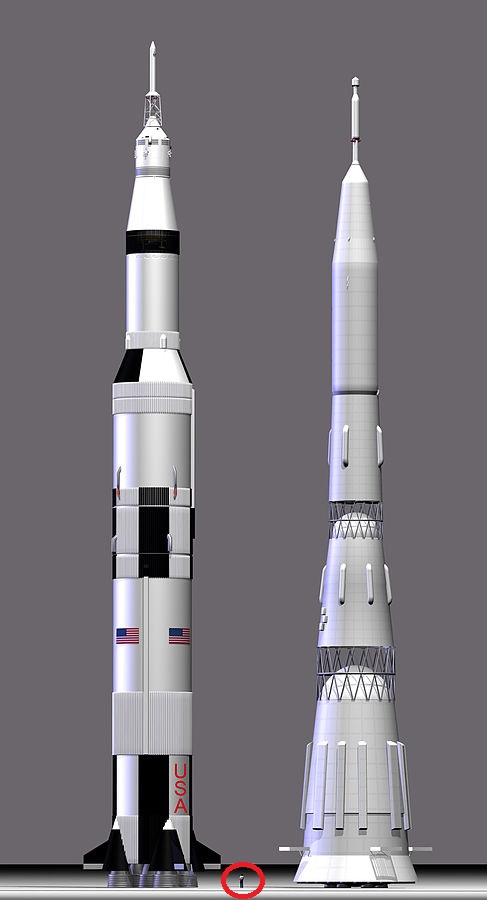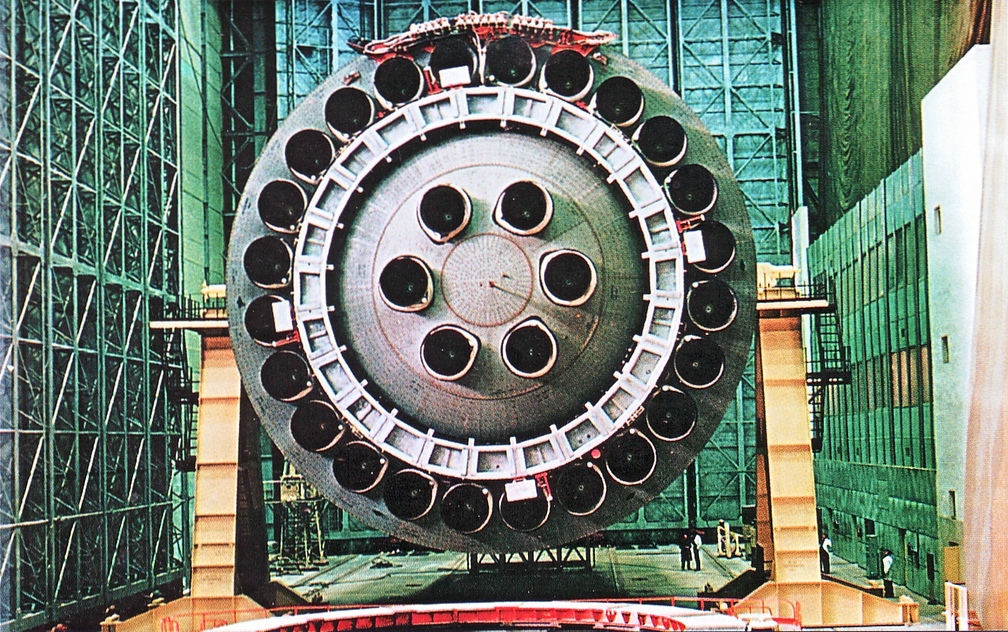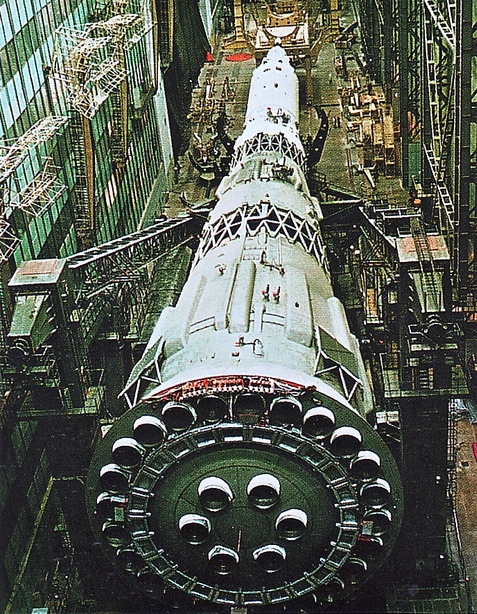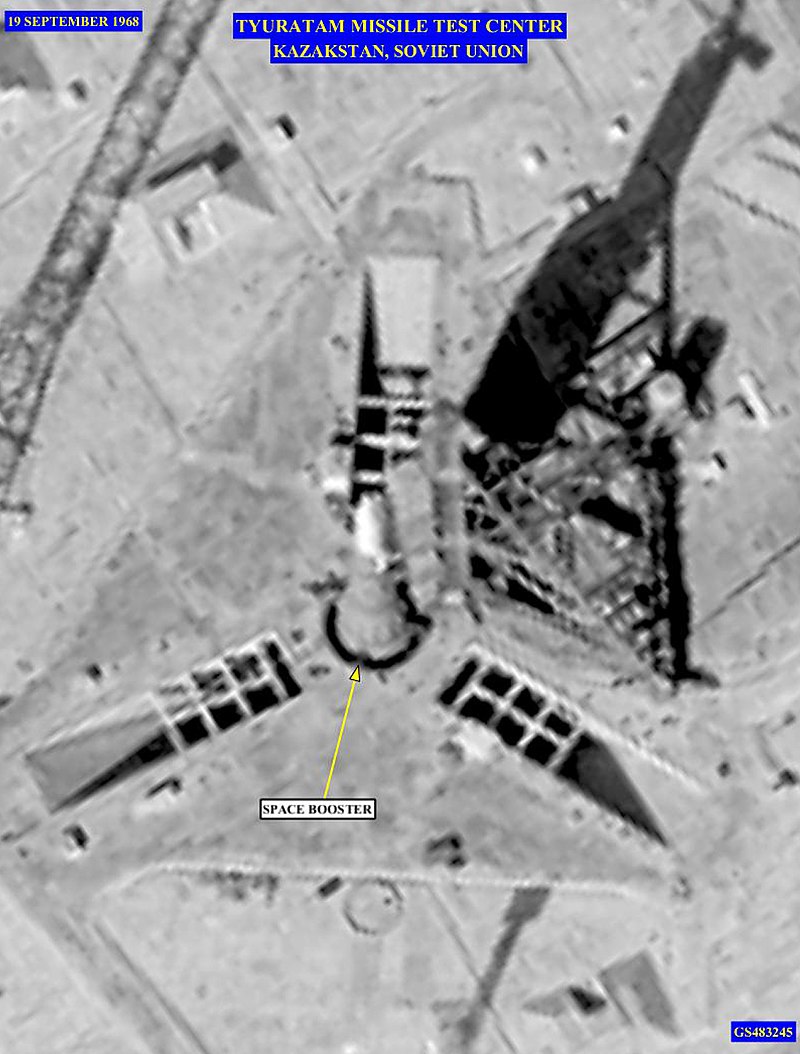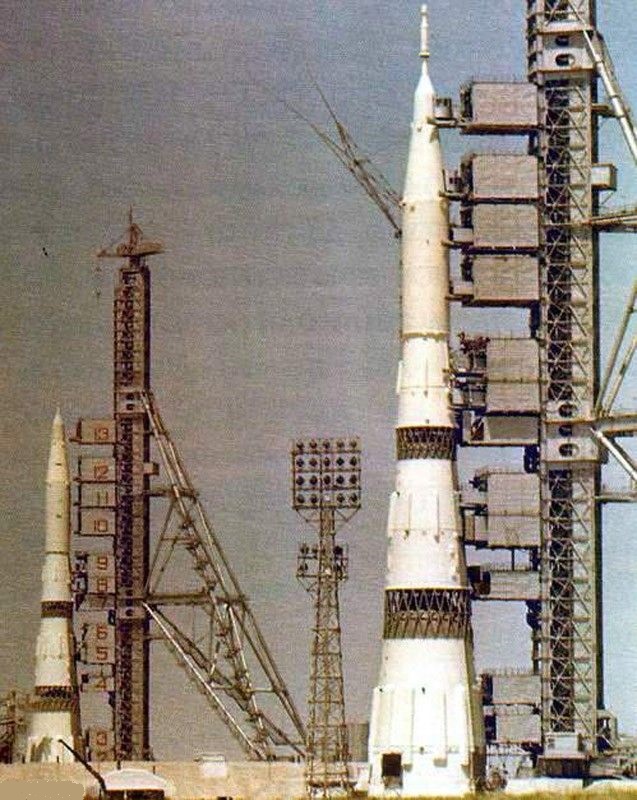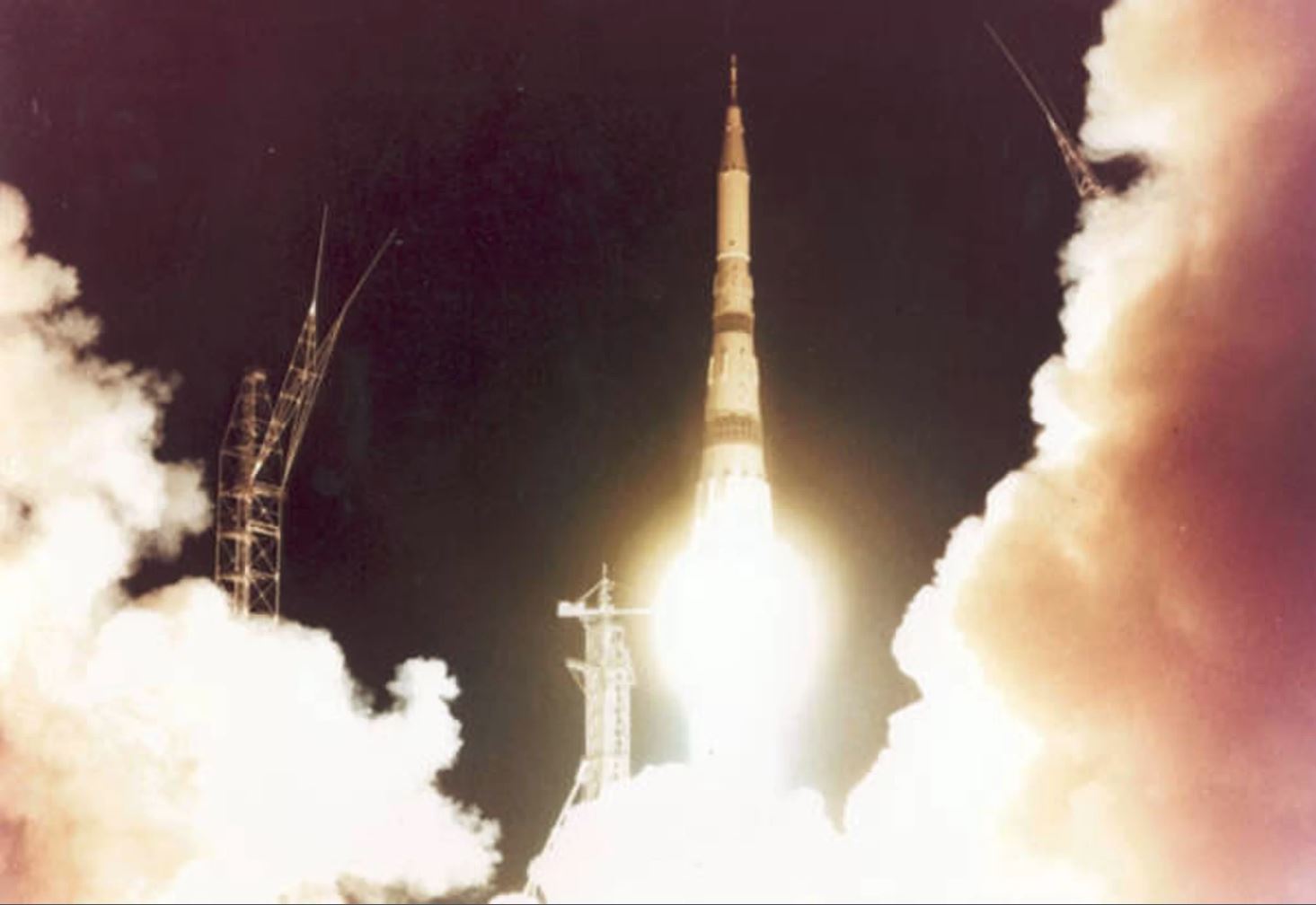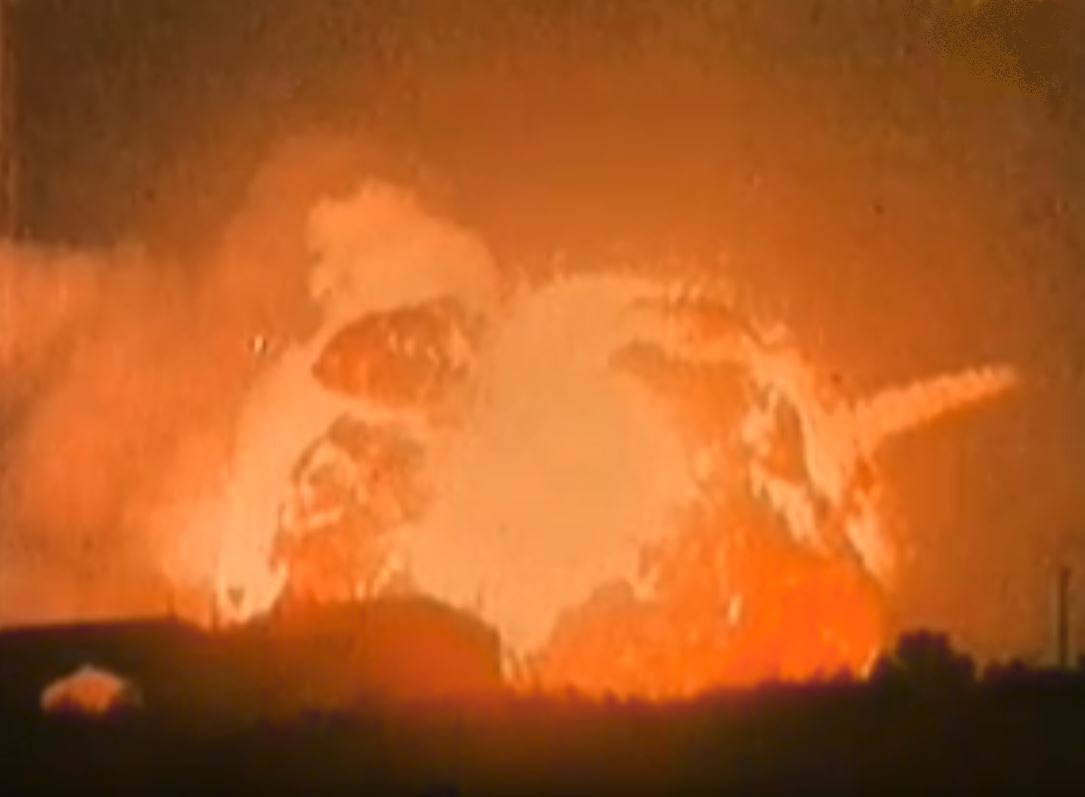Learn About The Secret Soviet N1 Lunar Rocket
The Soviet’s Failed N1 Moon Rocket
Designed as a super-heavy lift rocket to compete with the American Saturn V and ultimately put a man on the Moon before the US, the N1 development and even its existence was a Soviet state secret for decades! Its first stage was easily the most powerful ever to be flown, but after suffering 4 unsuccessful launches between 1969 & 1972, and the American’s winning the race to the Moon, the program was cancelled.
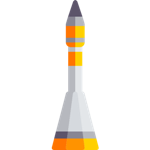
Top 10 Fun Facts About The Enormous Soviet Lunar Rocket
- The chief Soviet rocket designer, Sergei Korolev, always dreamed of putting a man on the Moon with the N1 rocket
- The N1 lunar rocket was very tall; at 105 m (344 ft) it's slightly shorter than a Saturn V
- The lunar variation of the N1 consisted of 5 rocket stages; 3 required to reach low Earth orbit
- The unusual conical shape of the N1 was due to the use, and position, of spherical fuel tanks which meant the base, was 17 m (56 ft) wide!
- The first stage of the N1 produced a crazy 10.2 million lbf of thrust! Which easily exceeded the 7.6 million lbf of the American’s Saturn V rocket
- The first stage is still the most powerful stage of any rocket in history
- The thrust for the first stage came from 30 NK-15 rocket engines arranged in two rings, an outer main ring of 24 and an inner ring of 6
- Fully loaded and fueled, the N1 weighed an astonishing 2,750 tonnes (6,060,000 lbs)!
- All 4 attempts to launch an N1 into orbit failed with the second launch crashing back onto its launch pad with resulting in one of the largest non-nuclear explosions in human history
- In part due to these failures, the N1 program was suspended in 1974, officially cancelled in 1976 and the failed lunar program kept a state secret until the 1990’s
Comparison to the Saturn V Rocket & N1’s Legacy
The Saturn V was 6 m (19 ft) taller than the N1 but much thinner at the base (10 m vs. 17 m) due to their different shape – conical vs. cylindrical. The N1 provided much more thrust from its first stage, on account of the 30 rocket engines to the Saturn V’s 5 enormous F1 engines (this would add to the N1’s reliability issues though). The Saturn V also used higher impulse liquid hydrogen fuel in its upper stages rather than the N1’s Kerosene based rocket fuel.
Ultimately the Saturn V had a superior reliability record; never experiencing a major failure over 13 launches, while all four N1 development launches all resulted in failure.
At the time that the N1 lunar rocket program was cancelled, there were two flight ready N1 rockets complete, but they were ordered scrapped to hide the USSR’s failed moon program. However, about 150 reliable N1 rocket engines were hidden in a warehouse and survived destruction with Russia eventually selling 36 of these for over $1 million each in the mid-1990’s to an American company. These would end up flying in Orbital ATK’s Antares rocket, delivering the Cygnus cargo capsule to the International Space Station. However, a failure in 2014 which resulted in the explosion of the rocket meant they were discontinued. Russia continues to incorporate the remaining N1 engines into new and existing rockets such as the Soyuz.
